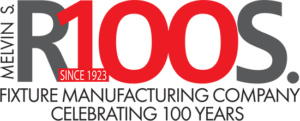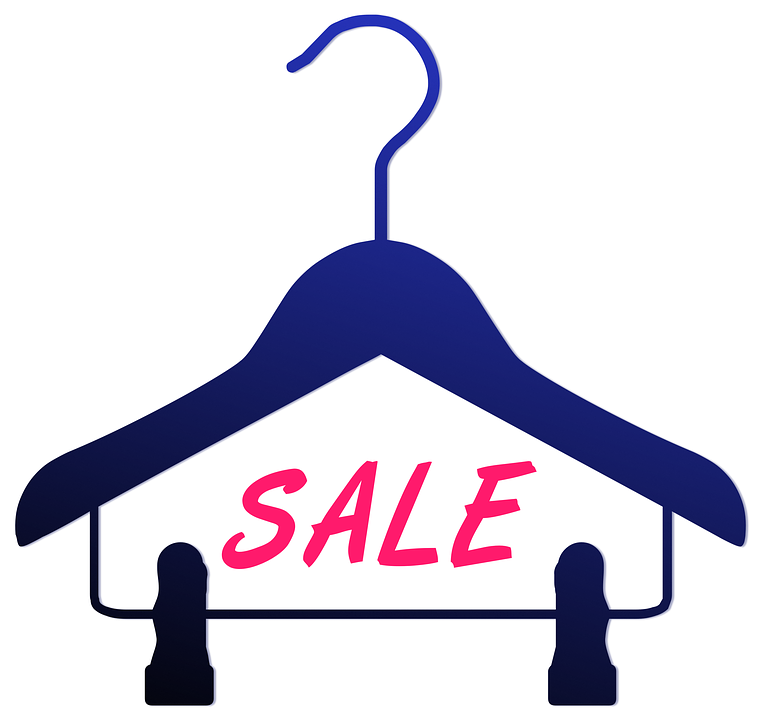
Key Performance Indicators In Retail Stores
 Key performance indicators (abbreviated KPI for short) are used by retail stores and business to increase their revenue. Whether your store sells jewelry, clothing, electronics, pet supplies, or practically any other type of consumer merchandise, chances are it will benefit from the use of KPI. Unfortunately, many retail store owners turn a blind eye to these metrics, focusing strictly on sales. While sales is obviously an important metric, there are other KPIs which shouldn’t be ignored.
Key performance indicators (abbreviated KPI for short) are used by retail stores and business to increase their revenue. Whether your store sells jewelry, clothing, electronics, pet supplies, or practically any other type of consumer merchandise, chances are it will benefit from the use of KPI. Unfortunately, many retail store owners turn a blind eye to these metrics, focusing strictly on sales. While sales is obviously an important metric, there are other KPIs which shouldn’t be ignored.
Shrink
If you plan on running a retail store, you are going to face shrink. Shrink is defined as the loss of product between the point of manufacture/production and point of sale. Some of the most common forms of shrink in the retail industry include customer theft, employee theft, damaged product, and even lost product. Stores that suffer from a high shrink must raise the prices of their products in an attempt to make up for this loss of revenue.
You can reduce your store’s shrink by focusing on theft prevention. Each year, billions of dollars worth of merchandise is stolen from retail stores, resulting in higher product prices for the consumer. Taking steps to prevent theft, such as installing a video surveillance system, tagging clothes and products, and performing background checks on job applicants, can make a world of difference.
Net Profit
Not to be confused with gross revenue, net profit is another critical KPI used by retail stores. Net profit is defined as a store or business’s total revenue minus their operating expenses. For instance, just because an apparel store sells a pair of jeans for $30 doesn’t mean it earned $30 profit. The store must subtract the actual wholesale cost from the total, as well as overhead expenses, administrative costs, taxed, etc. Gross revenue is also important, although it doesn’t hold the same weight as net profit.
Return on Investment
Arguably, one of the most important KPIs in the retail industry is return on investment (ROI). As the name suggests, this is essentially how much money a store earns on their investment. Going back to the example mentioned above, a pair of jeans that sells for $20 at wholesale and $30 at retail may generate a $10 return on investment for the retail store.
If you have any questions at all about setting up retail merchandising, please give us a call at 800.241.6897 or email us at /contact-us/.




